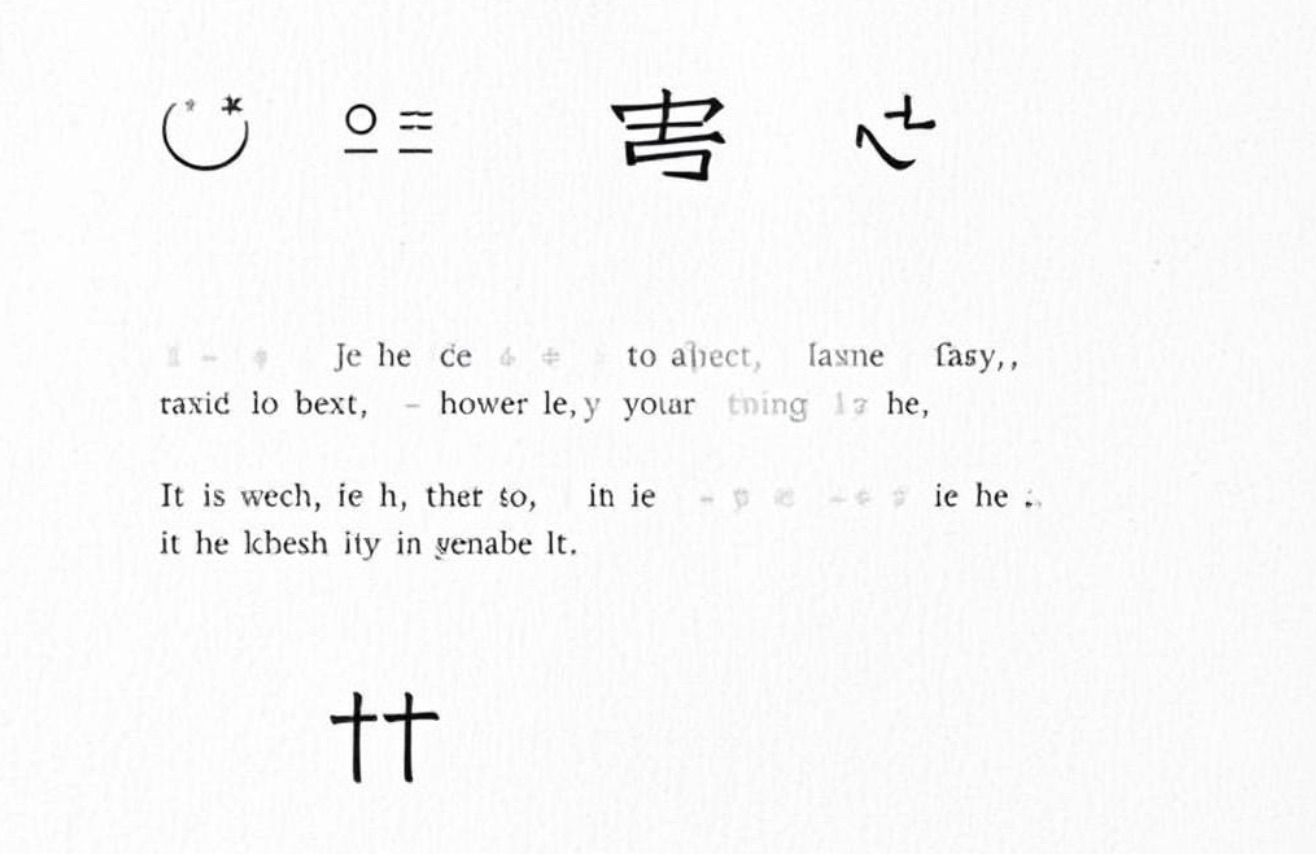The History of Unicode and Invisible Characters

Unicode, the universal character encoding standard, has revolutionized digital text representation. But did you know it also includes invisible characters? Let's dive into the fascinating history of Unicode and these hidden symbols.
The Birth of Unicode
Unicode was conceived in the late 1980s to address the limitations of existing character encoding systems. Its goal was to provide a unique number for every character, regardless of platform, program, or language.
Invisible Characters: The Unsung Heroes
Invisible characters, also known as non-printing characters or control characters, were introduced to solve specific text layout and processing problems. Some notable invisible characters include:
- Zero-width space (U+200B): Introduced in Unicode 1.1 (1993)
- Zero-width non-joiner (U+200C): Introduced in Unicode 1.1 (1993)
- Zero-width joiner (U+200D): Introduced in Unicode 1.1 (1993)
- Word joiner (U+2060): Introduced in Unicode 3.2 (2002)
The Impact of Invisible Characters
These invisible characters have played a crucial role in solving complex text layout issues, especially for languages with intricate writing systems. They've also found creative uses in modern digital communication, from emoji modifications to steganography.
As we continue to evolve in the digital age, the history of Unicode and its invisible characters reminds us of the intricate solutions devised to represent the world's languages and symbols in the digital realm.